PAINTING EXPLORES JALLIANWALA BAGH AND ITS CONSEQUENCES IN GREAT DETAIL
by AMIT ROY
The Singh twins, Rabindra and Amrit, have completed their triptych inspired by the Jallianwala Bagh massacre of April 13, 1919, now recognised as a landmark event which hastened the end of British rule in India.
The three panels of the painting, which the twins have called Jallianwala: Repression and Retribution, put the brutal attack, which took place in the holy city of Amritsar, into some kind of historical context.
The artists have sought to examine why the atrocity happened in the first place and its far-reaching consequences.
Commenting on the triptych, Amrit and Rabindra told Eastern Eye: “As well as making important episodes in shared British Indian history that have helped shaped the society we live in today accessible to a wider public, our artworks carry lessons for our modern times – not least, the vital role that journalists and the media play in exposing atrocities, giving a voice to the voiceless and ensuring the right to justice for those oppressed in the world is fought for and preserved.”
The 2.5 metres by three-metre central panel, which was unveiled at the Manchester Museum in April to coincide with the centenary of the incident, focused on the massacre itself.
Troops under the command of Lt General Reginald Dyer fired into an unarmed crowd, killing 379 people and injuring 1,100, according to official figures. Today, however, it is generally accepted the figures for dead and injured were much higher.
Dyer is depicted as the main character in the central panel. In the panel on the right, the dominating presence is that of Udham Singh, who is considered a heroic freedom fighter in India, but a criminal in the Britain of his day. He shot Sir Michael O’Dwyer, the lieutenant governor of Punjab at the time of the massacre, at Caxton Hall in London on March 13, 1940.
O’Dwyer was the man who gave Dyer the green light to supress political protests in the Punjab by any means he thought necessary. Mahatma Gandhi, who was among millions appalled by the killings, is also shown in the right-hand panel.
The massacre changed Gandhi’s attitude “towards the Raj and led him to intensify his campaign for Swaraj (or home rule) – triggering the beginning of the end of British colonial rule in India”.
The triptych is due to be unveiled at Manchester Museum on Wednesday (31), the date on which Udham was hanged at Pentonville Prison in London in 1940. It will remain on display until October 2, which this year is the 150th anniversary of Gandhi’s birth.
The twins have explained the wealth of detail incorporated in their painting.
They say: “Udham Singh dominates the upper half of the right panel, which is dedicated to exploring the aftermath and legacies of Jallianwala.
“Sharped-suited, armed with the gun with which he assassinated O’Dwyer, and a passport bearing the many identities he assumed while planning his revenge, he grasps a clump of earth soaked with the blood of his countrymen.
“He is enthroned and haloed in a manner befitting his status in India as Shaheed-i-Azam or great martyr to India’s independence, while a noose representing the manner of his execution looms behind him.”
There is a great deal of history included in the painting.
“To the right of Udham Singh, another newspaper carries a headline about the assassination of O’Dwyer and subsequent arrest of Mahomed Singh Azad – the name chosen and given by Udham Singh as an anti-colonial statement representing freedom gained (in defiance of British policies of ‘divide and rule’) through the unity of India’s different religious communities.
“Others stories within the same broadsheet, recount how the retribution Udham Singh meted out against O’Dwyer received mixed responses against a changing political climate – condemned in pre-independent India by members of the Indian National Congress and Gandhi and [Jawaharlal] Nehru as an ‘act of insanity’ which they feared might impact negatively on Indo-British talks around the future of India taking place at that time; but hailed in WWII Germany and post-independent India as the legitimate act of a freedom fighter and shaheed.
“Elsewhere we read how M15 and British Indian intelligence failed to detect Udham’s assassination plot, as well as his prior links with a major anti-colonial revolutionary organisation known as the Gadar Movement,” the twins say.
“And how measures were put in place to depoliticise his actions by dissociating them from the atrocity of Jallianwala.”
The artists also point that the Indians “found a champion in the figure of the Irish-born British journalist, Benjamin Horniman, who, as editor of the Bombay Chronicle, broke the story to the world despite a press ban. Reading around the newspaper, we learn how Horniman was exiled from India, while his Indian reporter was imprisoned for this act of defiance.”


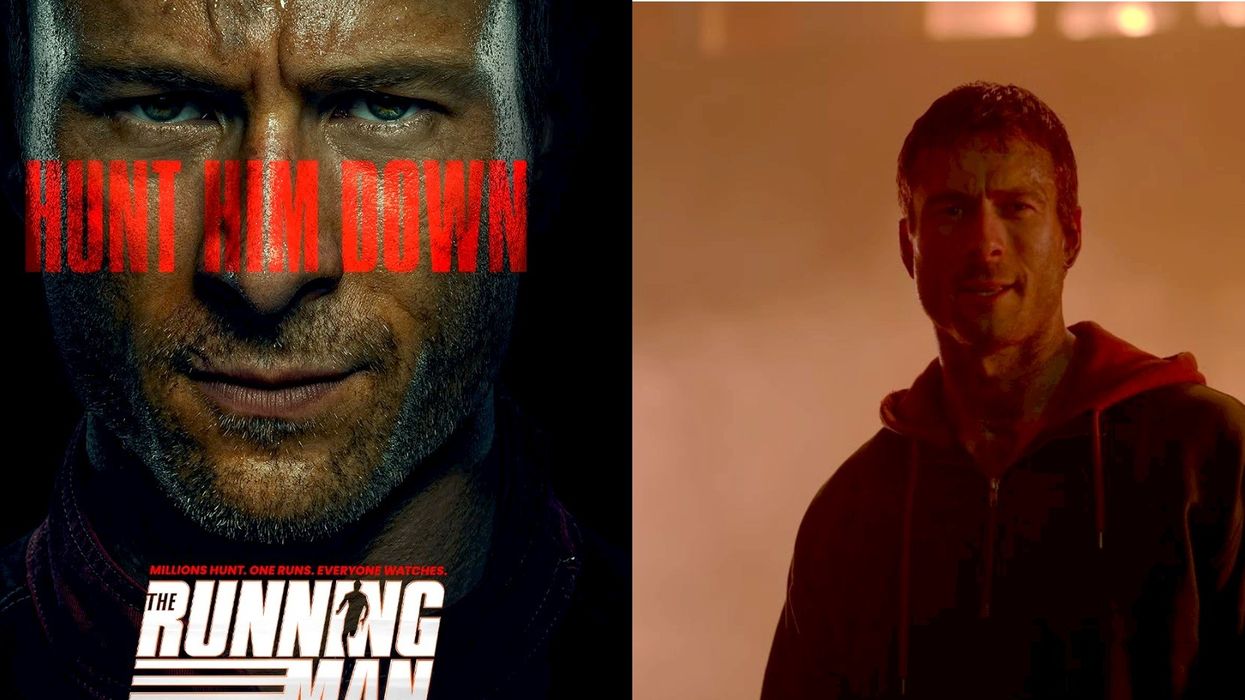


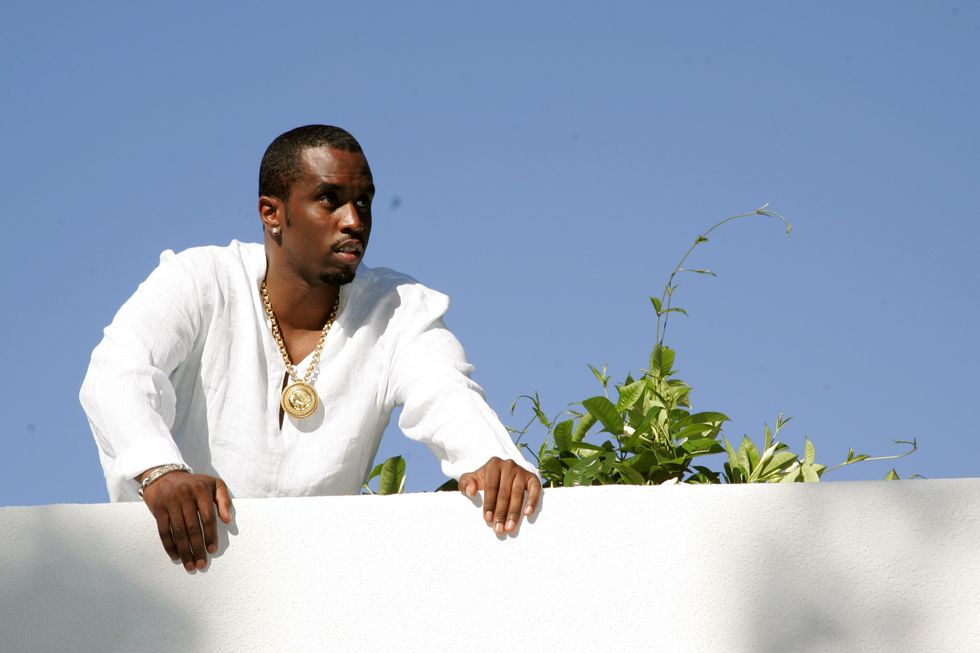 Diddy trial jury raises alarm over juror and demands key witness testimoniesGetty Images
Diddy trial jury raises alarm over juror and demands key witness testimoniesGetty Images  Marc Agnifilo, attorney for Sean "Diddy" Combs, arrives at federal courtGetty Images
Marc Agnifilo, attorney for Sean "Diddy" Combs, arrives at federal courtGetty Images 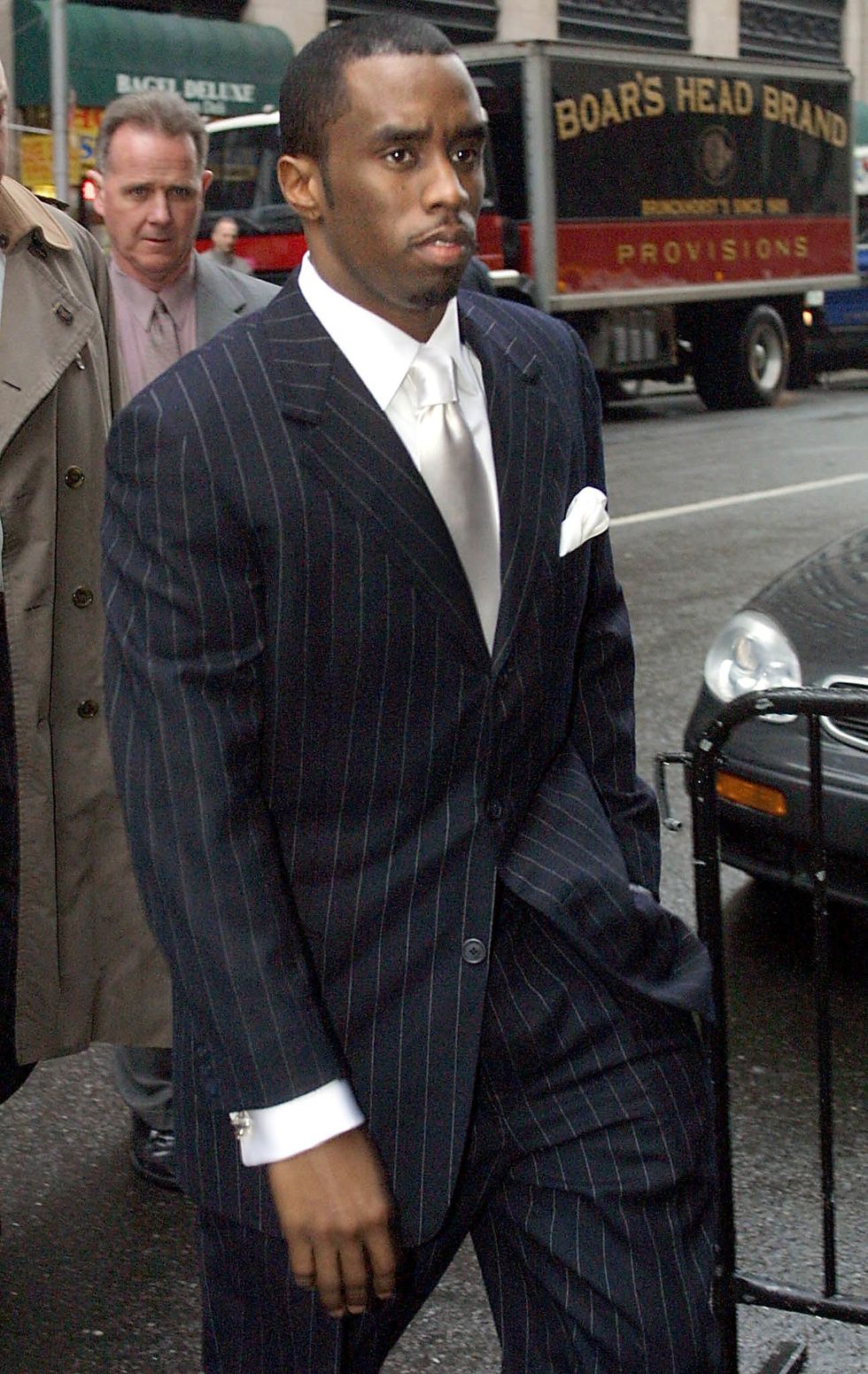 Sean 'Puffy' Combs arrives at Manhattan Supreme Court in 2001Getty Images
Sean 'Puffy' Combs arrives at Manhattan Supreme Court in 2001Getty Images










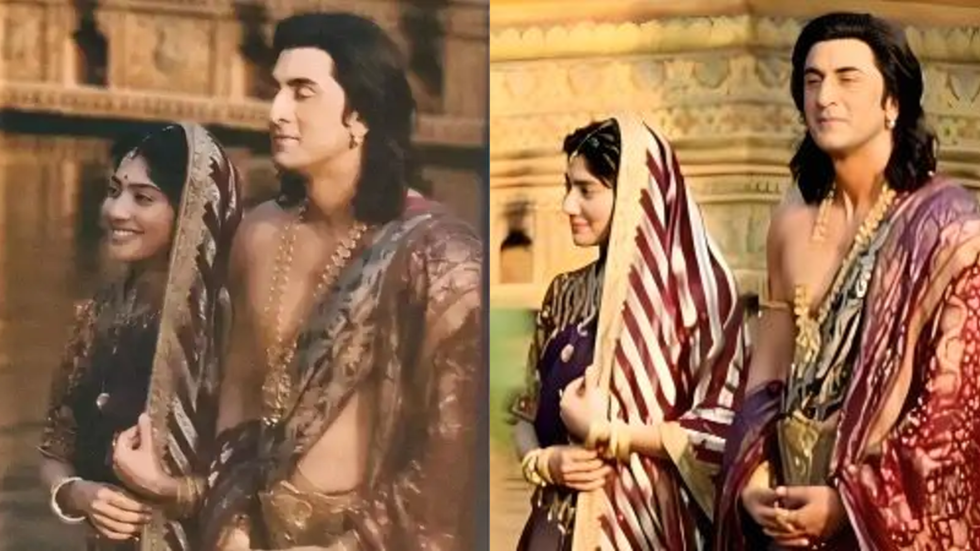 Producer Namit Malhotra reveals how AI will make Ramayana resonate globally with native-language realism IMDB/Reddit
Producer Namit Malhotra reveals how AI will make Ramayana resonate globally with native-language realism IMDB/Reddit 
 Vidya Thirunarayan in Holy Dirt brings myth and ritual into raw physical form The Clay Connection
Vidya Thirunarayan in Holy Dirt brings myth and ritual into raw physical form The Clay Connection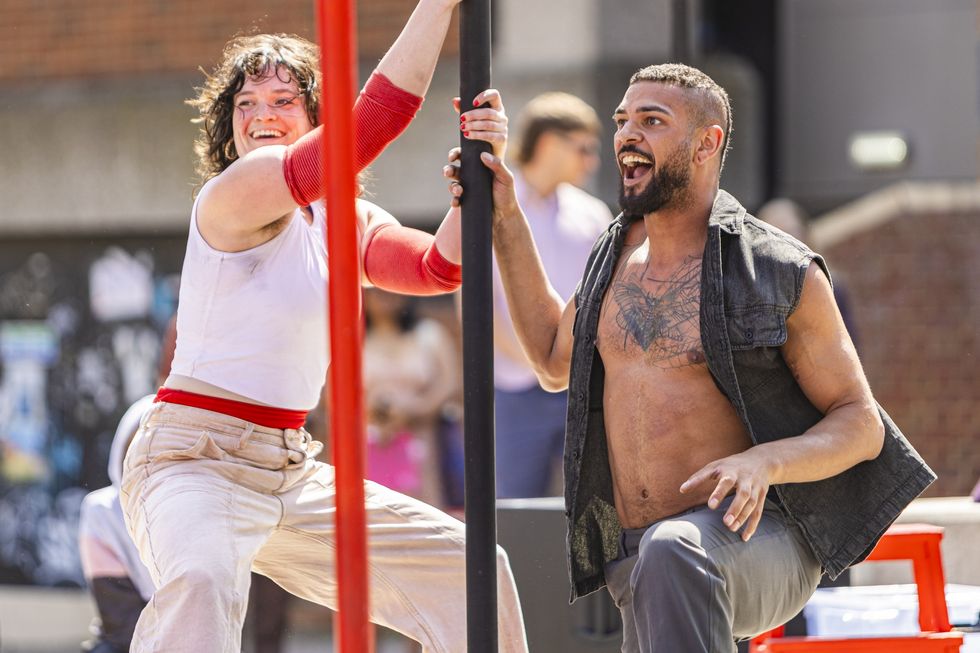 Sadiq Ali's pole performance explores HIV stigma with athletic graceLuke Whitcomb
Sadiq Ali's pole performance explores HIV stigma with athletic graceLuke Whitcomb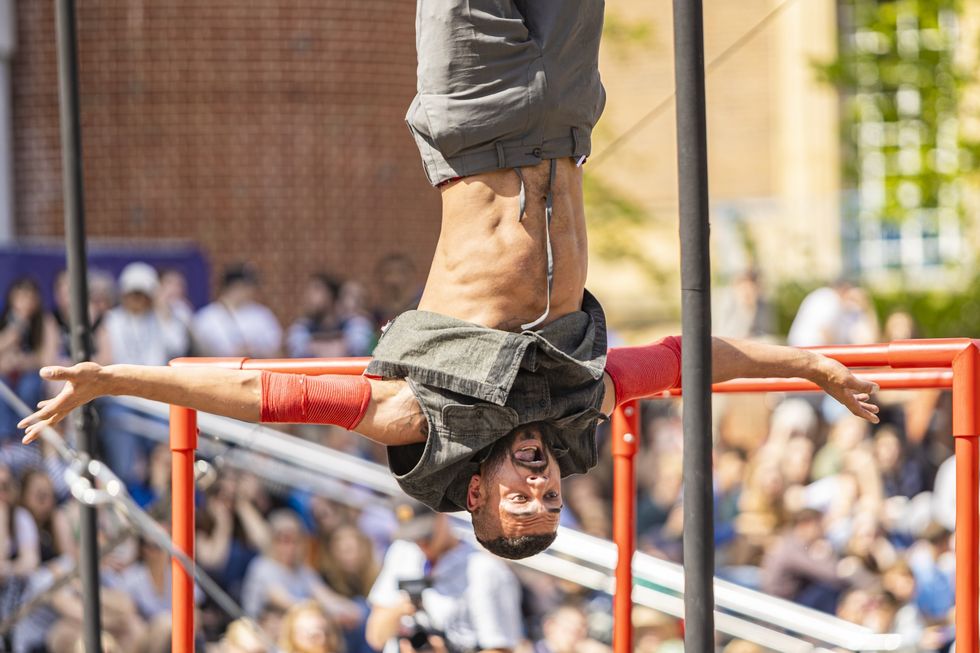 Sadiq Ali delivers a daring upside-down act in his powerful show Luke Whitcomb
Sadiq Ali delivers a daring upside-down act in his powerful show Luke Whitcomb Dancers in Nandita Shankardass’s Roots to Rise connect movement with memoryJohn Evans
Dancers in Nandita Shankardass’s Roots to Rise connect movement with memoryJohn Evans
 People's Bulletin boardICYMI
People's Bulletin boardICYMI